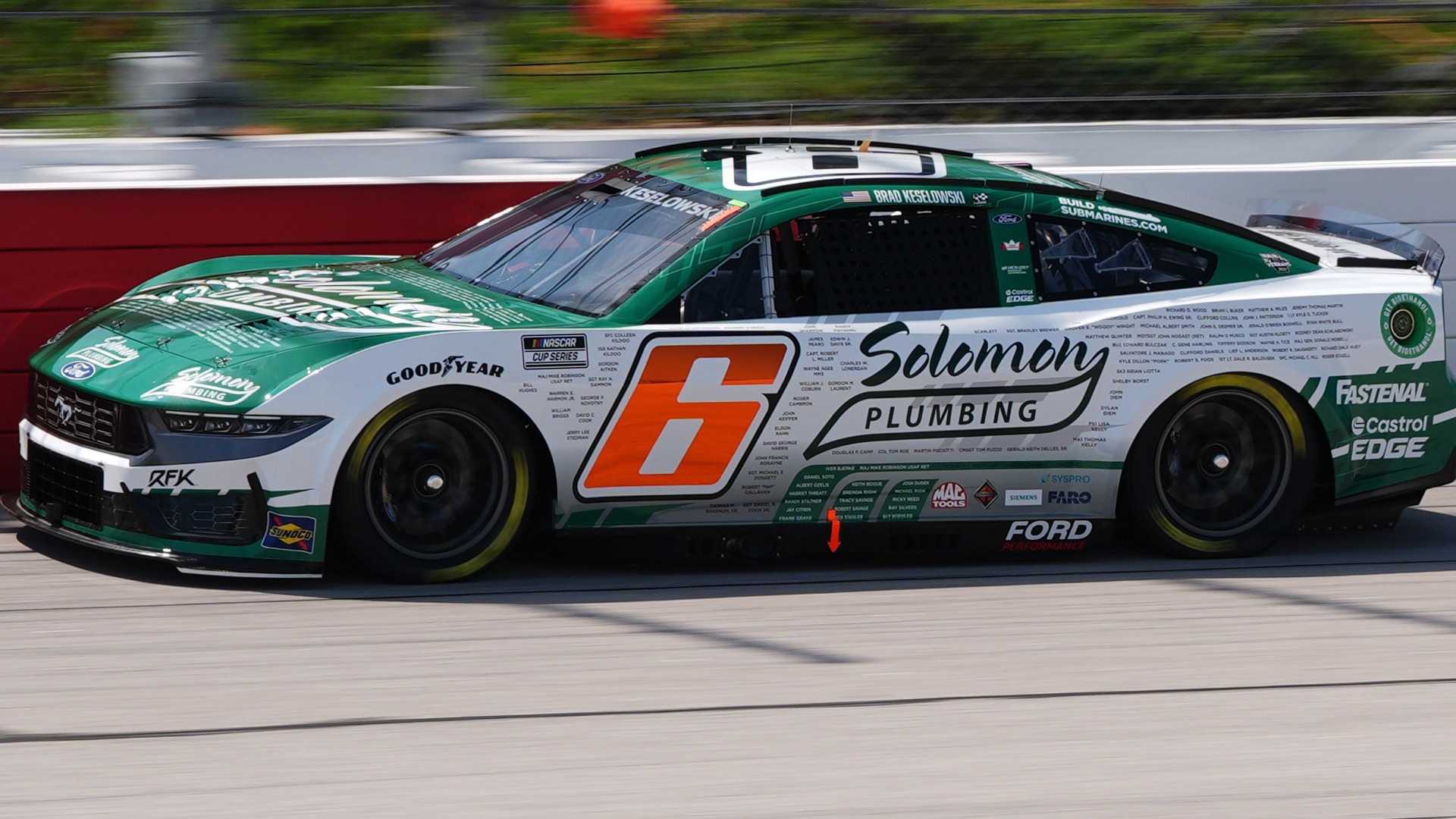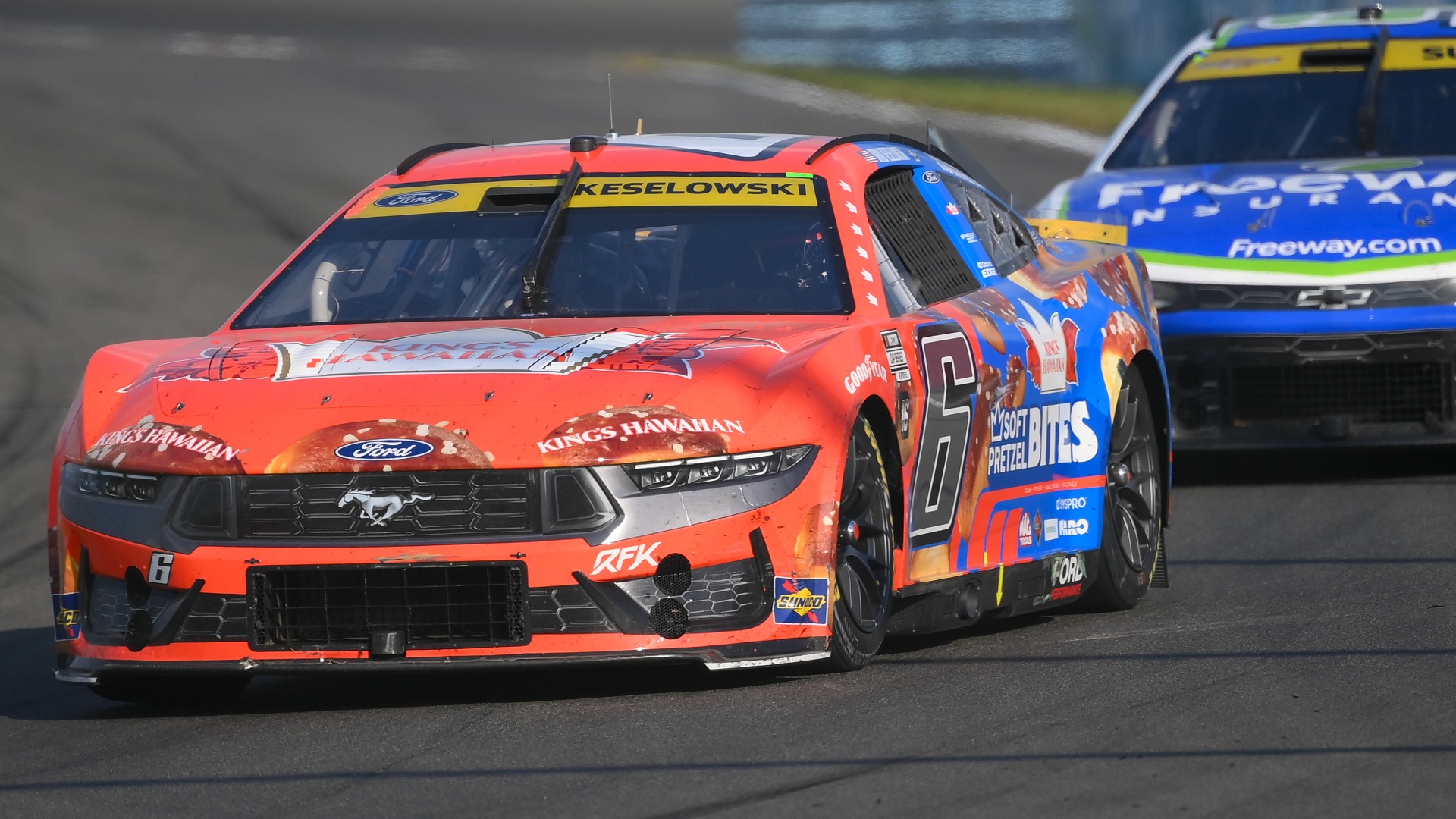Gas prices have been fairly low for a while now, but that could soon change.
Citigroup analysts expect crude oil costs to rise by the second half of 2017, according to CNBC, and if that happens, it could have a profound impact on the automotive industry.
With gasoline prices so low, consumers’ preferences in recent years have placed greater demand on SUVs and trucks, forcing some automakers to rethink their product strategy. Similarly, the public’s growing distrust of diesels is causing companies to focus more heavily on developing alternative powertrains in order to meet increasingly stringent fuel economy standards.
A sudden spike in fuel costs would mean the decisions certain manufacturers made in response to those trends could give them a leg up over competitors, which might be placed at a significant disadvantage.
Here are six automakers that could be directly impacted — either positively or negatively — by a rise in the cost of oil:
Toyota

Photo via Toyota
The Prius might have been a big hit in its first years on the market, but sales have cooled off over the years, partly due to the model’s reputation as a slow car that isn’t much fun to drive. With the redesigned Prius Prime, Toyota placed a lot of emphasis on its styling to combat that stereotype, though aesthetic tweaks alone won’t give the model a significant boost.
Should motorists start paying more at the pump, the Prius’ high fuel economy rating and flashy new looks could be very appealing to buyers.
Hyundai (Genesis)

Photo via Hyundai
Hyundai has been hit hard by the SUV trend, as the company put most of its eggs in the small cars basket amid the near $5 per gallon fuel costs of the early 2010s. It didn’t learn from that mistake, though, as it launched its luxury brand Genesis with a two-model lineup — both of which were sedans.
If the price of oil goes up, however, that could help Hyundai get back on track, and help Genesis get off the ground. And who knows, maybe if its small car sales pick up, Hyundai will consider selling its new hot hatchback in the United States.
Fiat Chrysler Automobiles

Photo via Fiat Chrysler Automobiles
There’s really no point in singling out any one FCA brand that will be harmed the most if the price of gasoline rises, as they all have exposure. For reasons only it knows, until it launched the Chrysler Pacifica Hybrid, FCA hadn’t sold a single hybrid apart from the $1.4-million Ferrari LaFerrari hypercar, of which only 500 examples were made. Furthermore, the one electric vehicle it does produce, the Fiat 500e (pictured), is only sold in California, so it loses $14,000 on each one it sells.
In addition to lacking hybrids and EVs, FCA’s lineup is full of gaz-guzzling muscle cars and SUVs that produce outlandish amounts of power. As a result, should Citi’s predictions come to fruition, FCA could be in for some (more) rough times ahead.
Ford

Photo via Ford
Ford is set to bring back the Bronco and Ranger in 2019, following years of pleading from “Blue Oval” fans. However, that plan could seriously cut into its margins if fuel costs drive down interest for large vehicles. It can’t outsource the models’ productions to reduce the damage, either, as the company already has been President Donald Trump’s punching bag when he brings up the issue of automakers building cars in Mexico.
Still, unlike FCA, Ford might be in a position to balance out any potential losses it suffers from underwhelming demand for trucks and SUVs. Its small cars have sold fairly well among younger buyers, so it could capitalize on those models’ popularity if customers turn away from thirsty vehicles.
Tesla

Photo via Tesla
Manufacturers such as FCA have continued to meet the EPA’s fuel economy standards, largely thanks to zero emission vehicle (ZEV) credits they purchase from other automakers. As customers stray away from large vehicles, ZEV credits could become a hot commodity.
That obviously would be good news for Tesla, as it only produces EVs, and is set to ramp up production output when it releases the Model 3 in late 2017. Selling credits is what helped Tesla turn a profit for the first time ever in 2016, so having more in its back pocket to unload will only make investors’ fondness for the company grow.
Mercedes-Benz

Photo via Daimler
As part of its electrification strategy, Mercedes is getting ready to roll out a whole host of sub-brands: EQ, for its all-electric models; EQ Power, for hybrids; and EQ Power+, for Mercedes-AMG hybrids. With hybrids and EVs making up a small percentage of all cars on the road, establishing brand recognition for those could be challenging, but higher oil prices would make it easier.
Even if Mercedes doesn’t amend its marketing plan for its EQ family of sub-brands, its efforts would have greater effect. Although consumers currently wouldn’t pay any mind to ads for hybrids or EVs, once they have to pay more for gas, their ears likely will perk up the second one comes on TV.
Thumbnail photo via Ford



